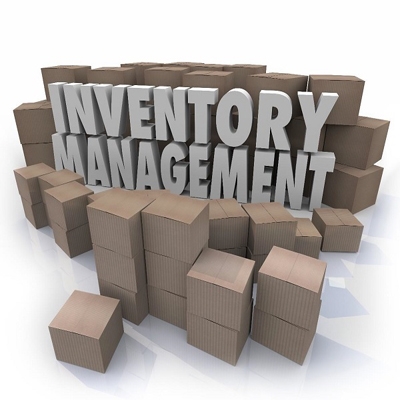Businesses will have both supplies and inventory on hand at any given time. In common usage, you might say you’re taking an inventory of your supplies; however, the two terms represent distinct accounting concepts. Supplies are ultimately a cost to your business, while inventory is generally sold to make a profit.
Supplies
Supplies are purchased for the use of your business. Office supplies, paper towels and cleaning materials are all examples of supplies. They are purchased to assist in the day-to-day operations of the company.
Inventory
Inventory is purchased to be re-sold at a profit. A company might purchase finished goods, or materials to be manufactured into goods. Both are essential elements of the profit-making processes of the business.
Accounting for Supplies
Supplies appear on a company’s balance sheet as an asset. The amount shown is equal to the cost of the items that the company has on hand. The supplies expense category is listed as a cost to the business; this is the total value of the supplies used during the period of the financial statement.
Accounting for Inventory
Inventory is listed on a balance sheet as an asset. As inventory leaves the company, another asset category, accounts receivable, rises. Selling inventory results in a profit to the business, provided it is not sold at a loss. If customers are invoiced for the sale, the amount is listed in the accounts receivable category until it is paid; the amount is then listed as cash.
Like this:
Like Loading...

